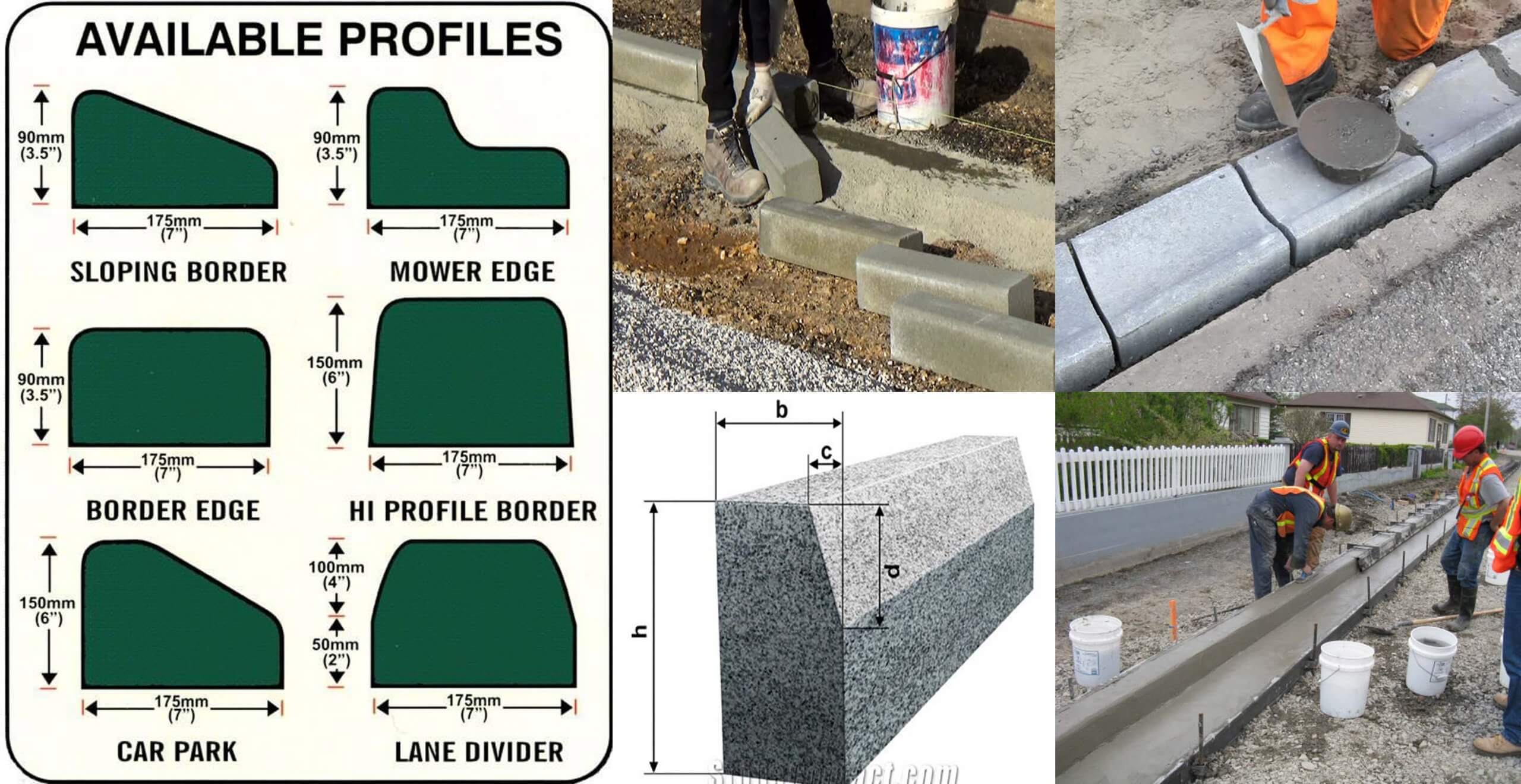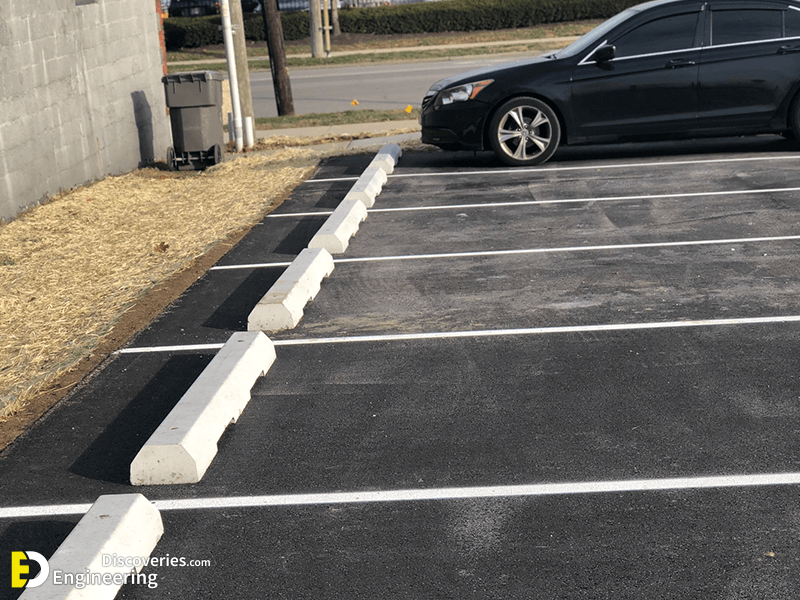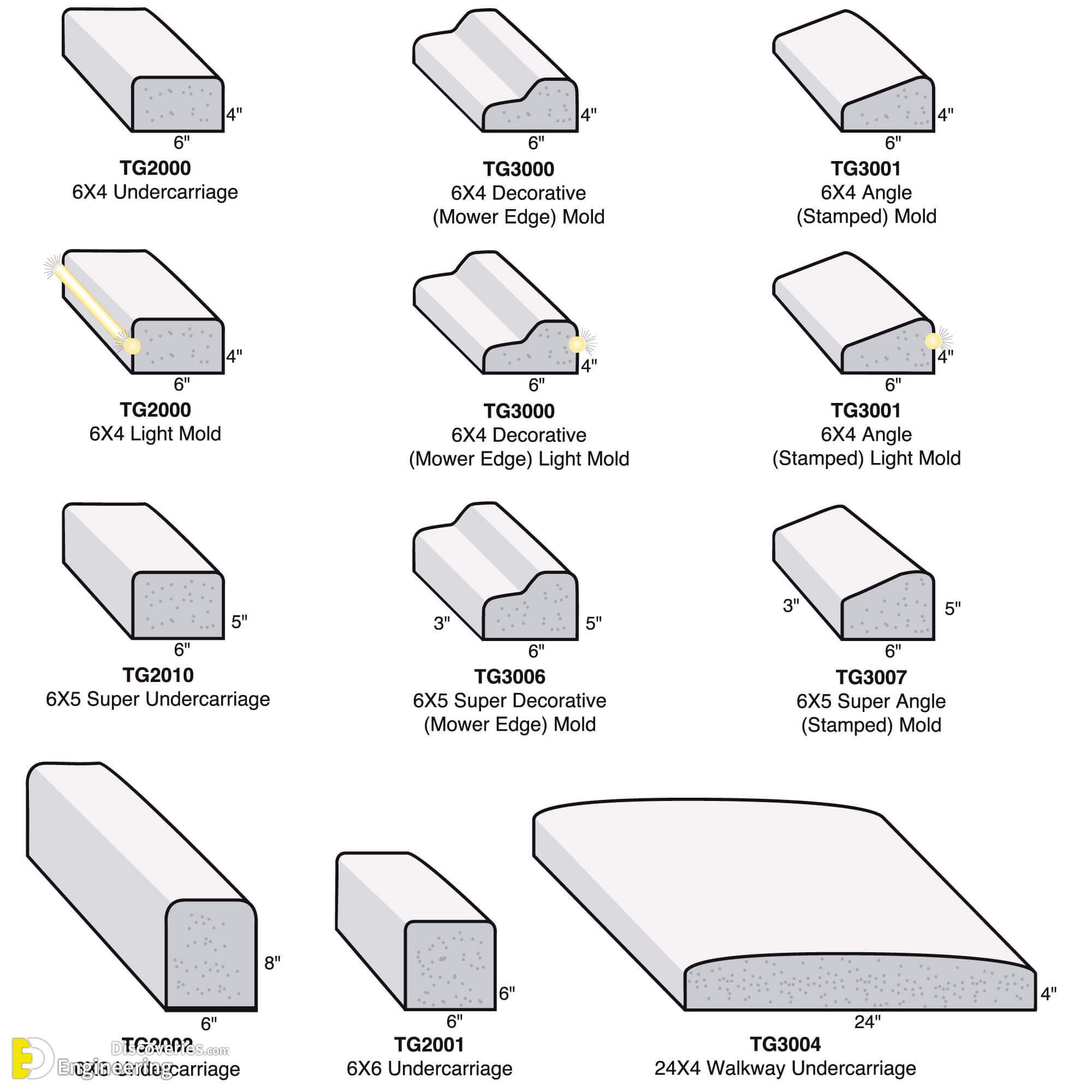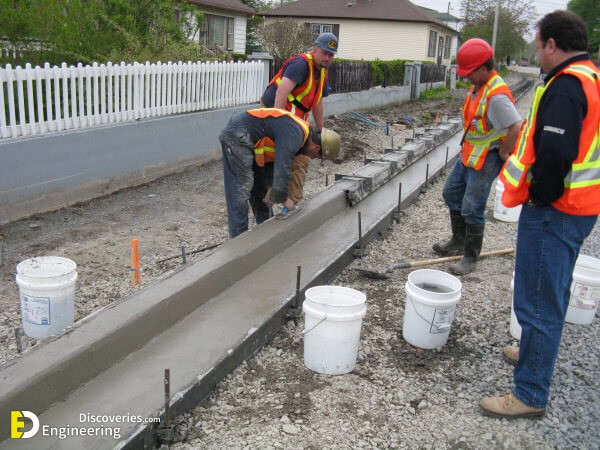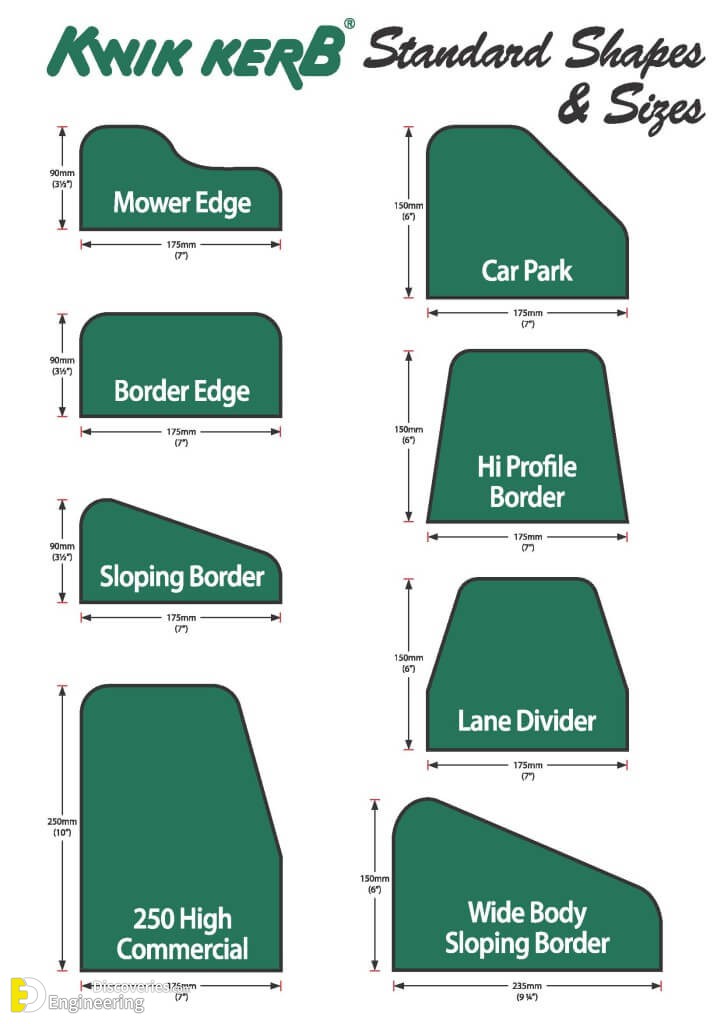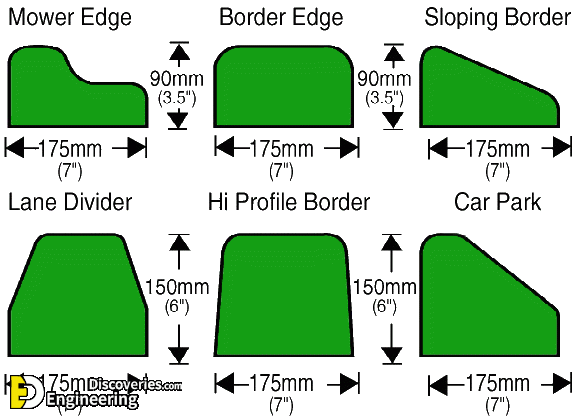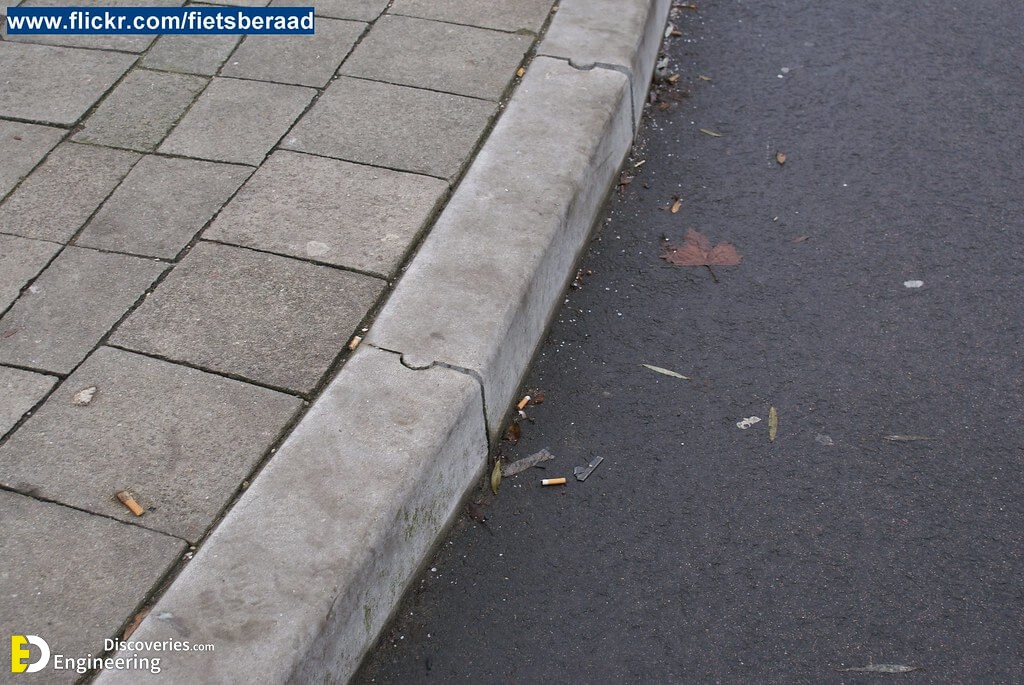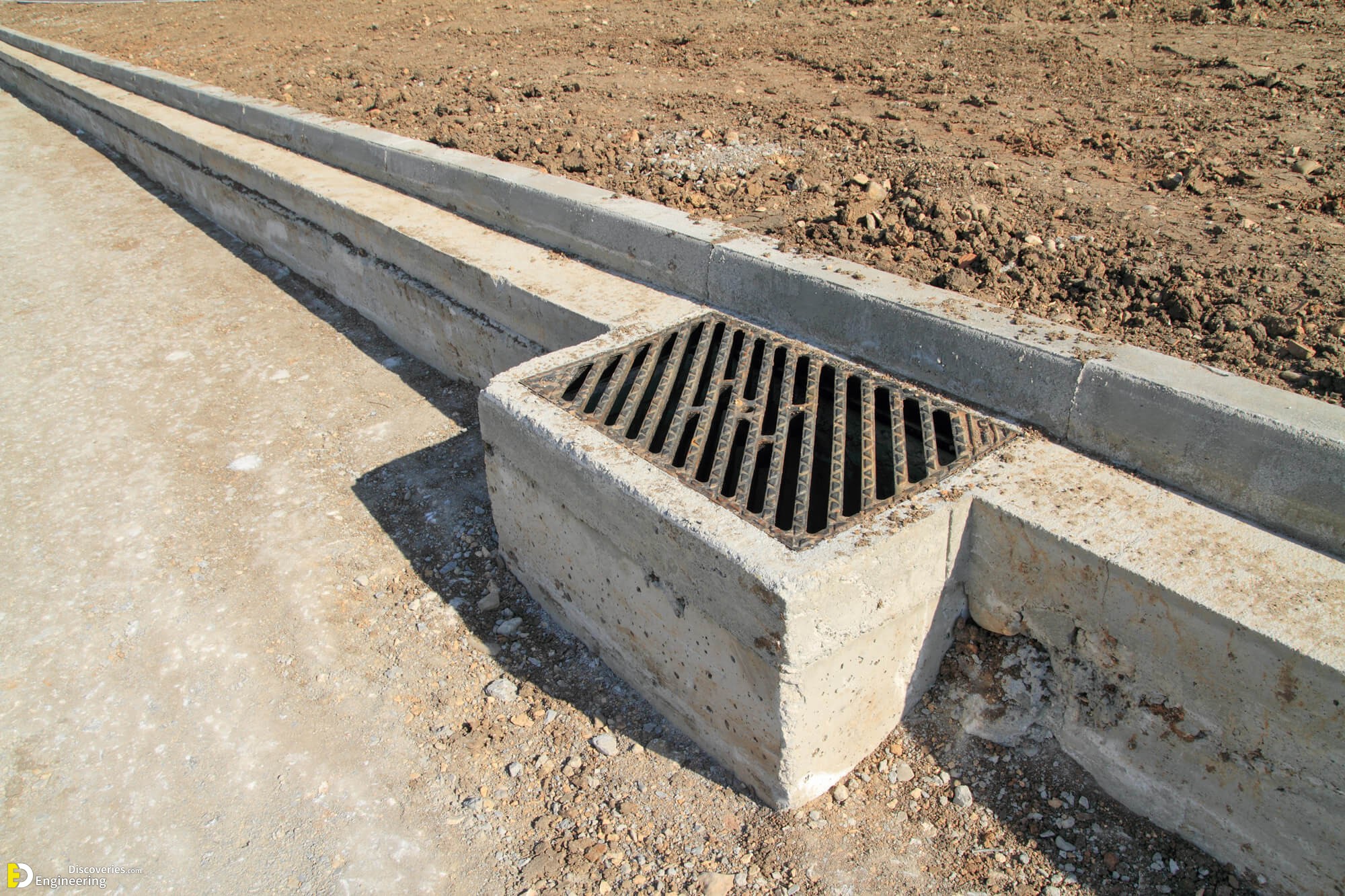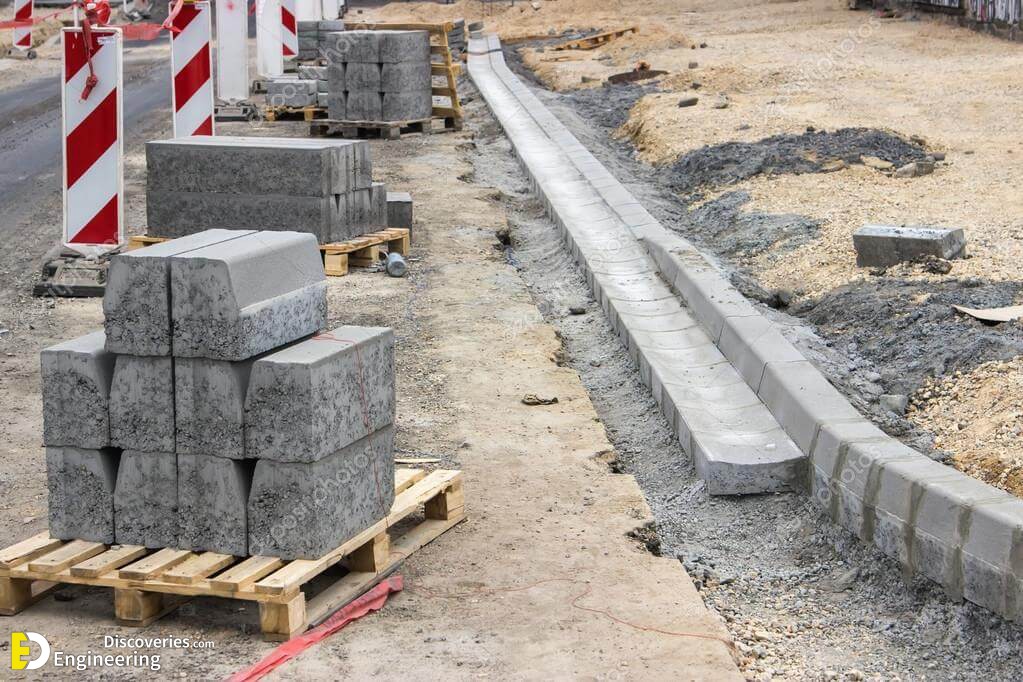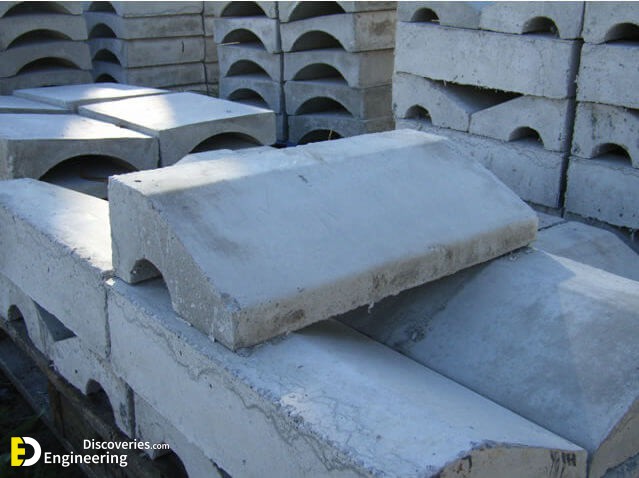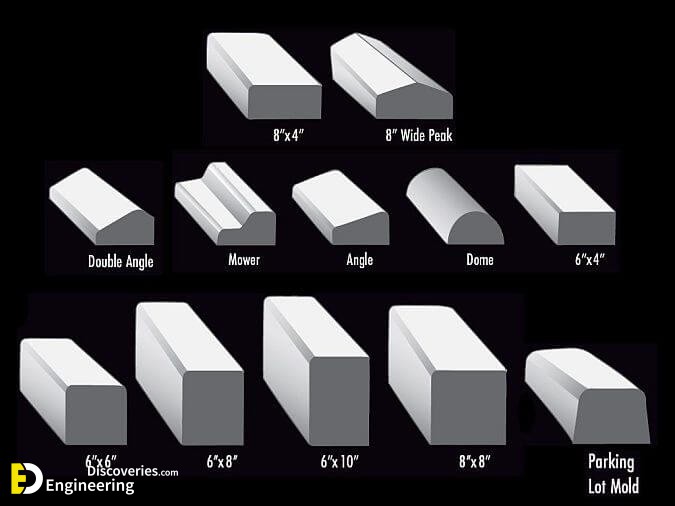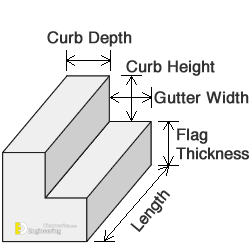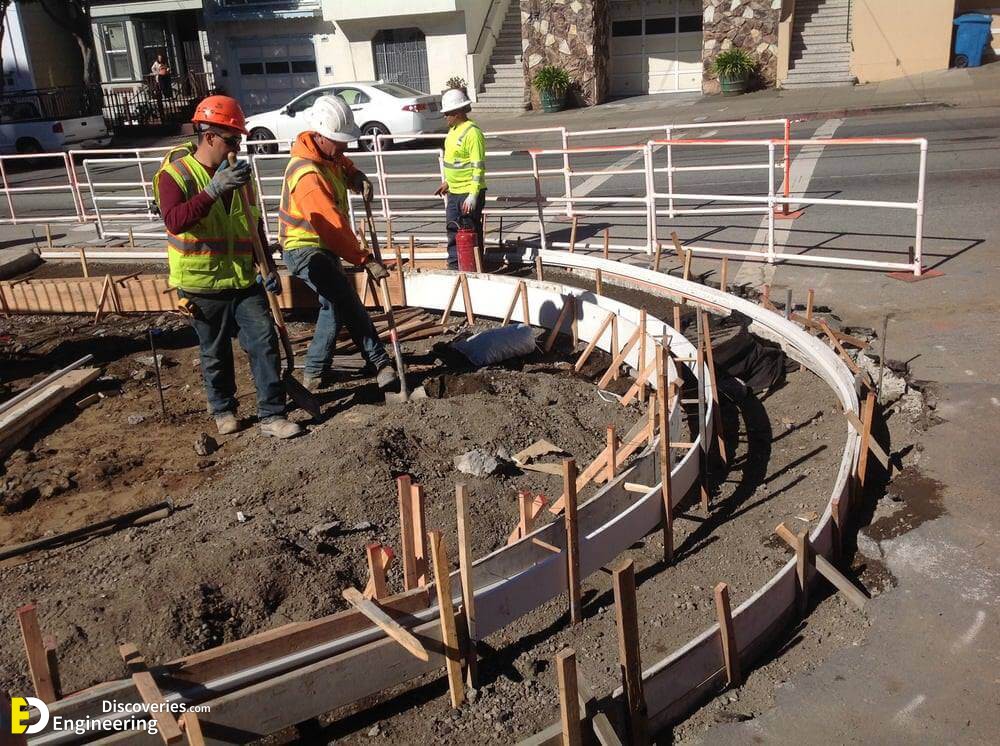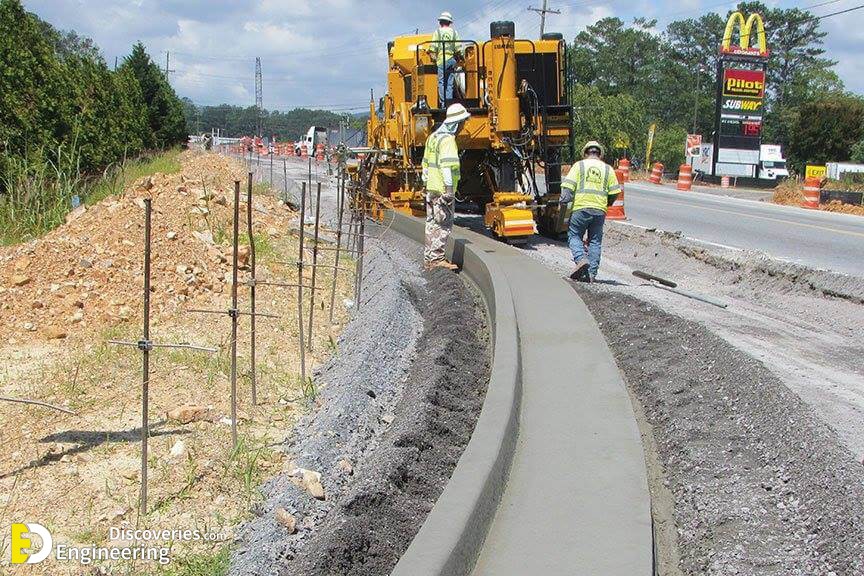Parking curbs are one of those universal parts of everyday life that many people simply don’t notice or pay attention to their appearances or functions. Most people tend to take for granted that different types of curbs even exist until they need to repair or replace a curb on their commercial or residential properties. When that time comes, it pays to be well prepared by knowing exactly what kind of curb you’re dealing with..
There are five different types of curbs that every professional concrete contractor should be familiar with, and each has different purposes and levels of aesthetic appeal.
1- Barrier/Straight Curbs
As the name suggests, the main purpose of barrier curbs is to create a barricade between vehicles and certain spaces (e.g. sidewalks, stores, parking spaces, etc.). These are the most common types of curbs, and the idea is to prevent unauthorized vehicles from entering or trespassing on closed-off spaces or areas designated for pedestrians. Barrier curbs are typically comprised of asphalt aggregates or cement concrete.
2- Mower Curbs
Mower curbs have a slightly more decorative function than their parking curb counterparts, yet they still provide a sturdy, reliable, and protective barrier between flowerbeds and lawnmowers. Their unique shape makes it possible for lawnmowers to come close enough to ensure each blade of grass is evenly trimmed without damaging the topsoil or the machinery. These curbs come in a variety of different sizes and colours to match the creative tastes and practical needs of the property owner.
3- Mountable/Rolling Curbs
Mountable curbs are a continuation of barrier curbs. They provide a slight dip in the otherwise elevated curb to allow vehicles to easily drive over them. They also provide an opening for pedestrians with shopping carts or strollers, and those who are on bicycles or roller-skates to safely cross on or off of the sidewalk.
4- Monolithic/Integral Curbs
Monolithic curbs are fused together with the road to create more traction and make it easier for larger vehicles to pass without damaging the internal structure or foundation of the asphalt or concrete. This type of curb creates a much smoother transition into the road than other types because there aren’t any jutting edges.
5- Slanted/Sloped Curbs
Similar to mower curbs, slanted curbs are used purely for ornamental reasons. They don’t have a practical purpose as they’re meant to adorn the exterior of residential or commercial properties. Even though it’s a small touch, these types of curbs are perfect for showcasing the creativity and personal sense of style of the property owner(s), landscape designer, and even the asphalt contractor.
Click here to see information about how to create curbs, gutters, sidewalks and barrier walls

